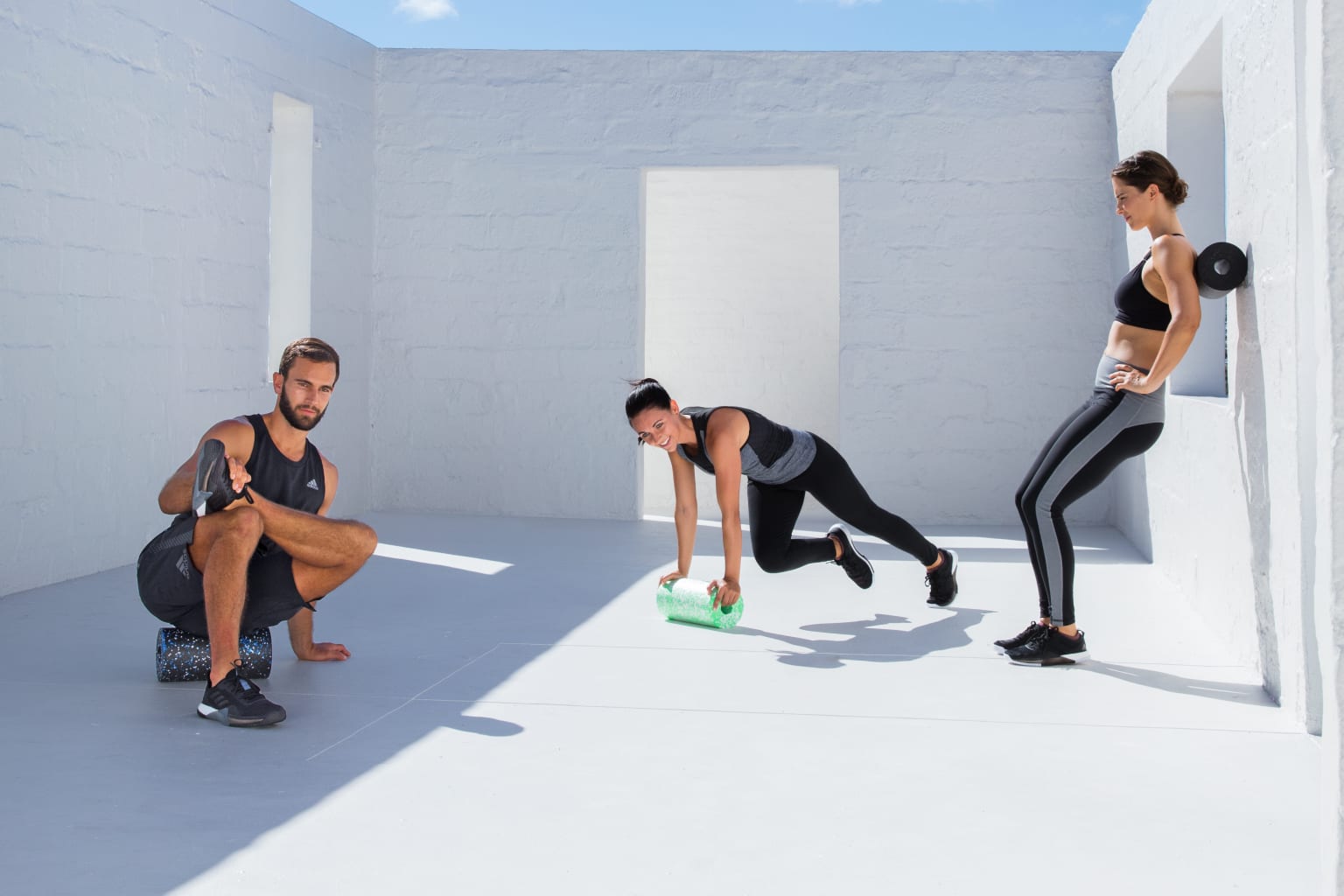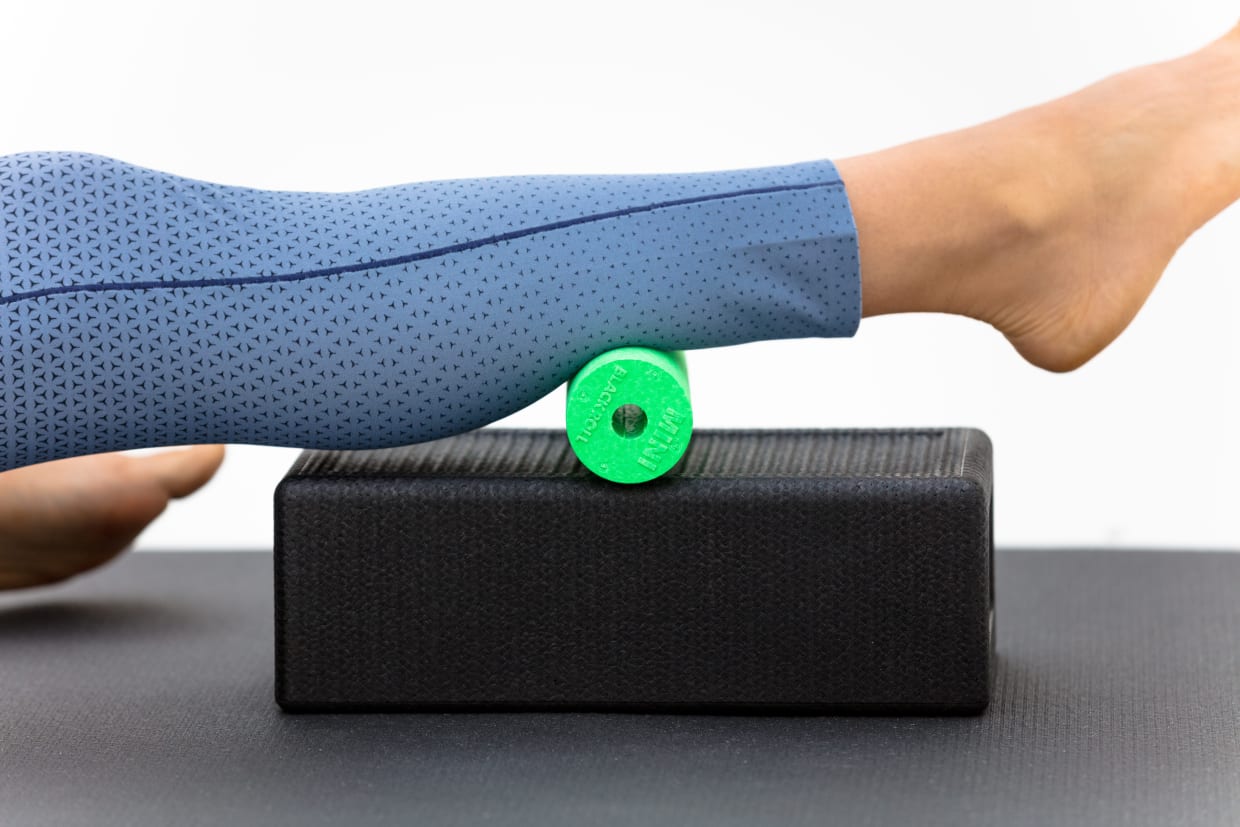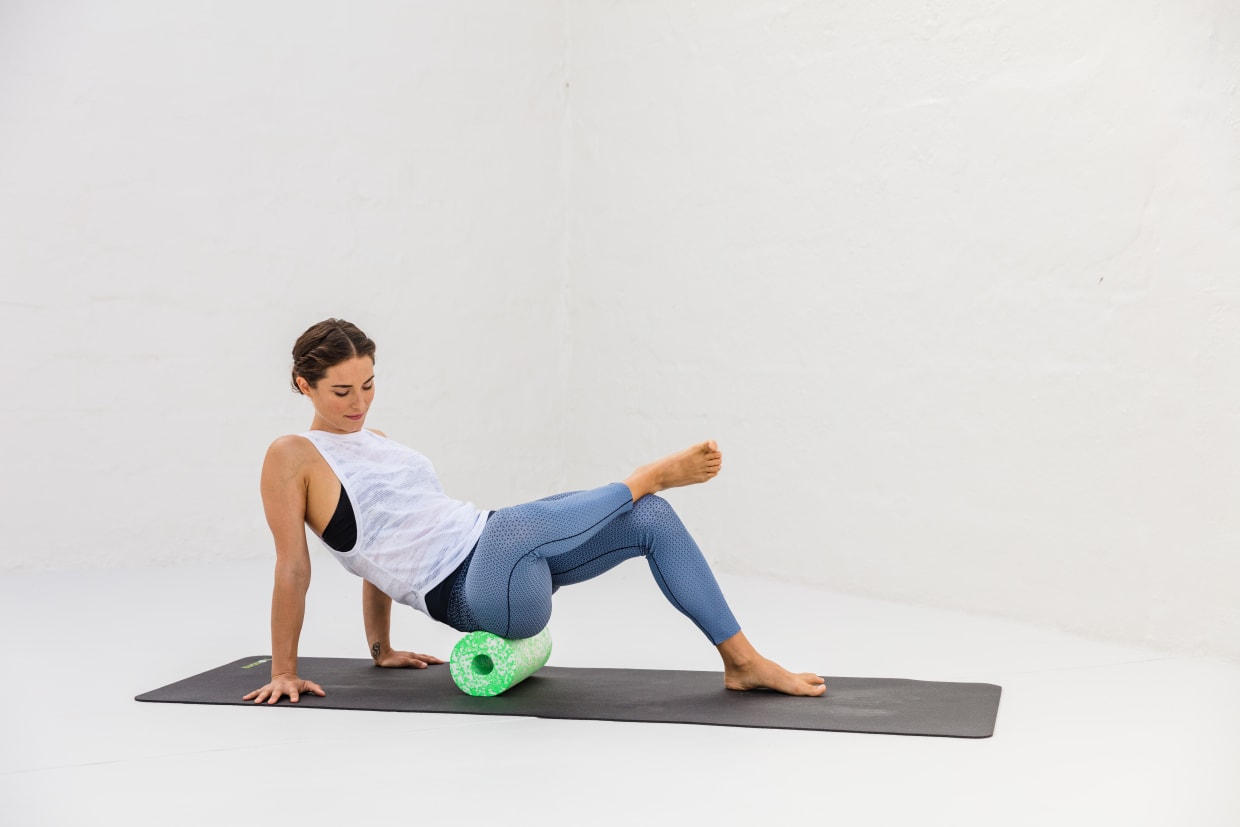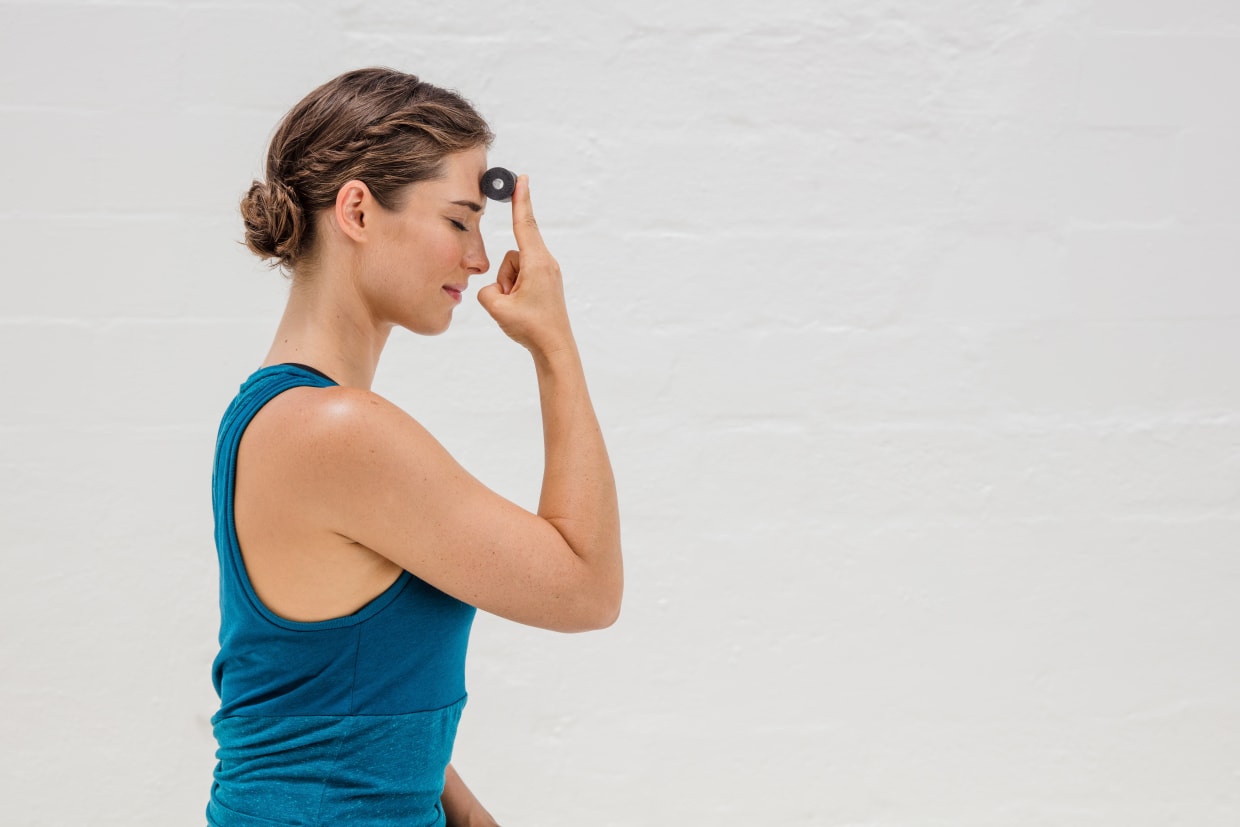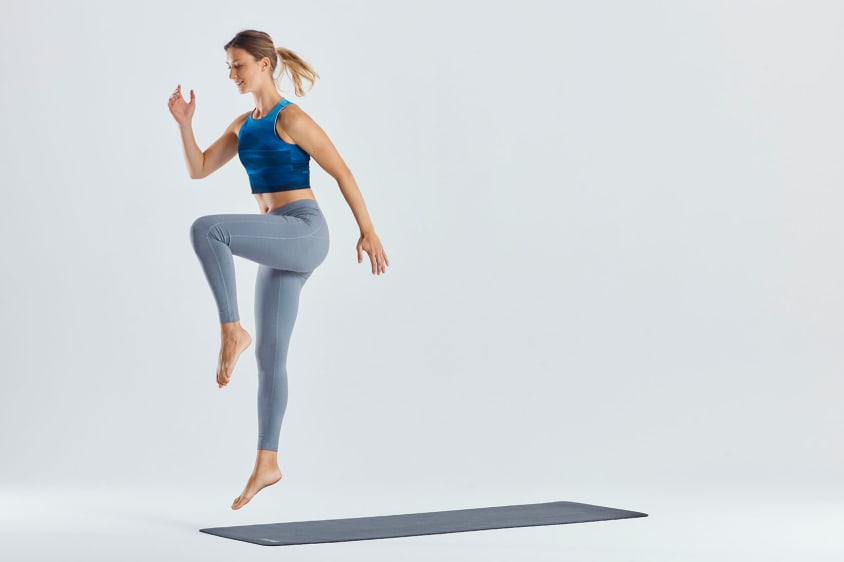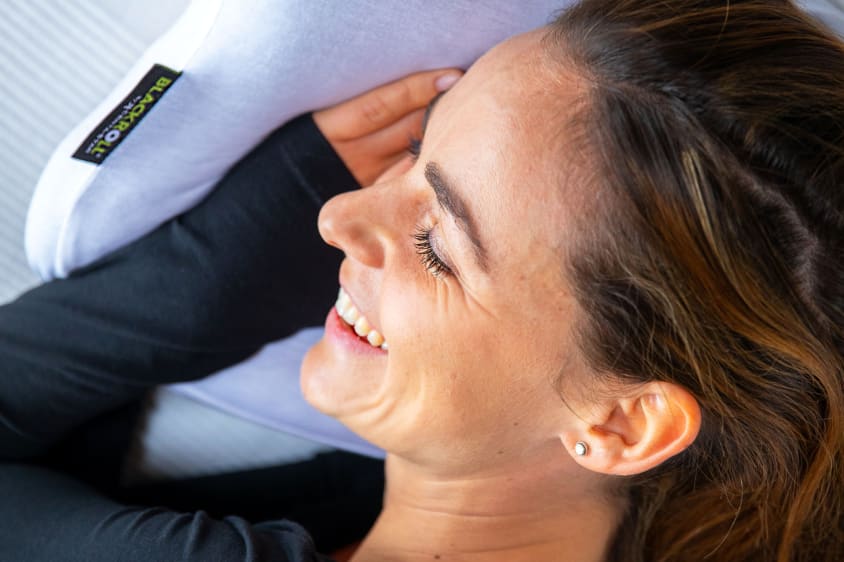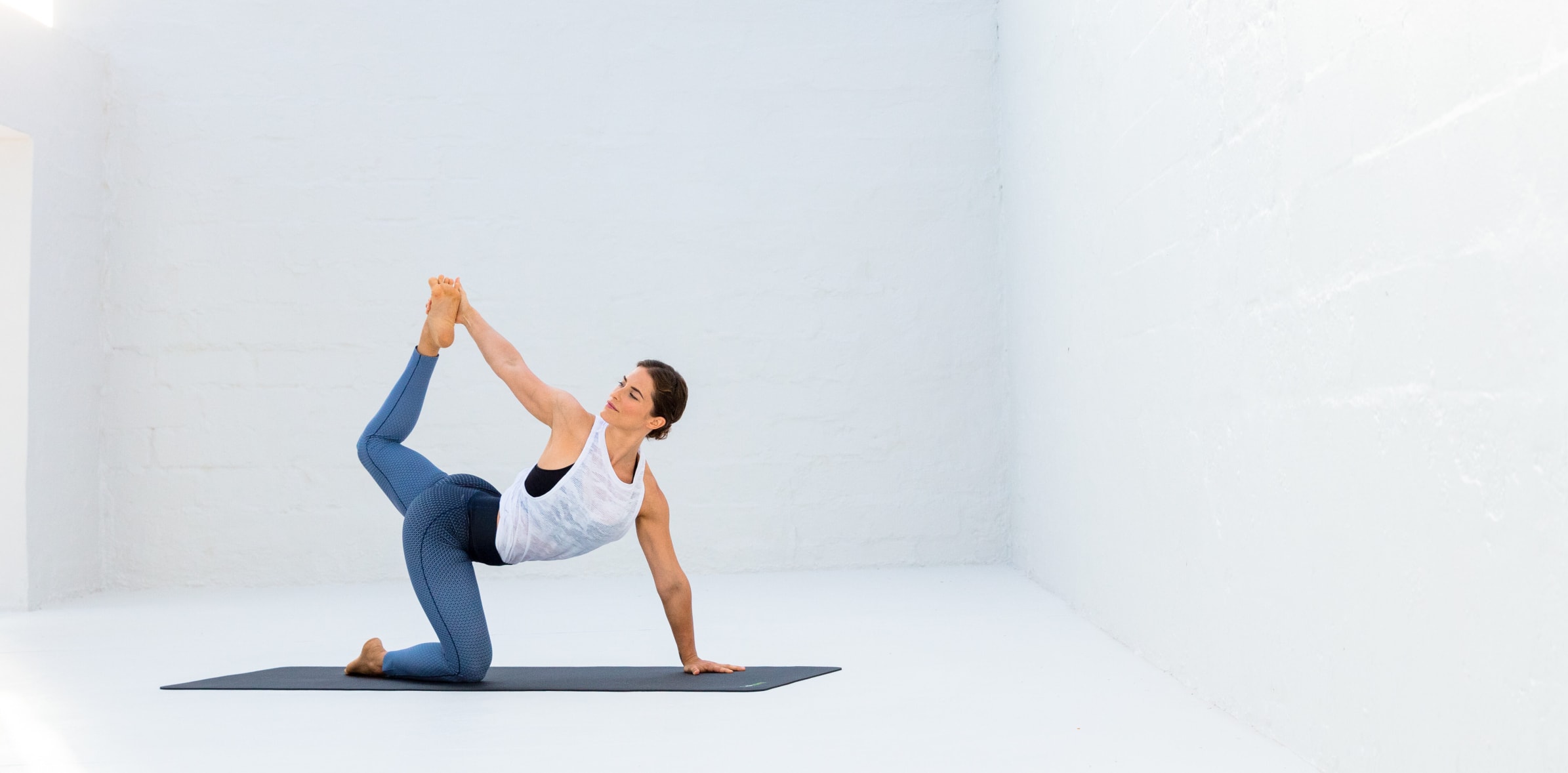
Restoring balance through regeneration

Balance is achieved through constant alternating between activity and relaxation – and it forms the basis of your Well-beings.
Life is a cycle: those who are active require breaks. Those who exert themselves throughout the day require a relaxing Night's sleep. Those who work themselves hard during sport, should makee Sure they take things easy after training. Balance is achieved through constant alternating between activity and rest – the basis of your well-being. Or in short: stimulus and regeneration always belong together.
Rest, relaxation, sleep, the time during which you recover and refuel – recovery periods – for many people these are often too short and can no longer counterbalance all of the stresses and strains of the day. This was shown in a stress study conducted across Germany, conducted by the Techniker Krankenkasse. One finding: six out of ten people in Germany feel stressed – be this in their professional or their private lives. People perceive an imbalance between exertion and relaxation.
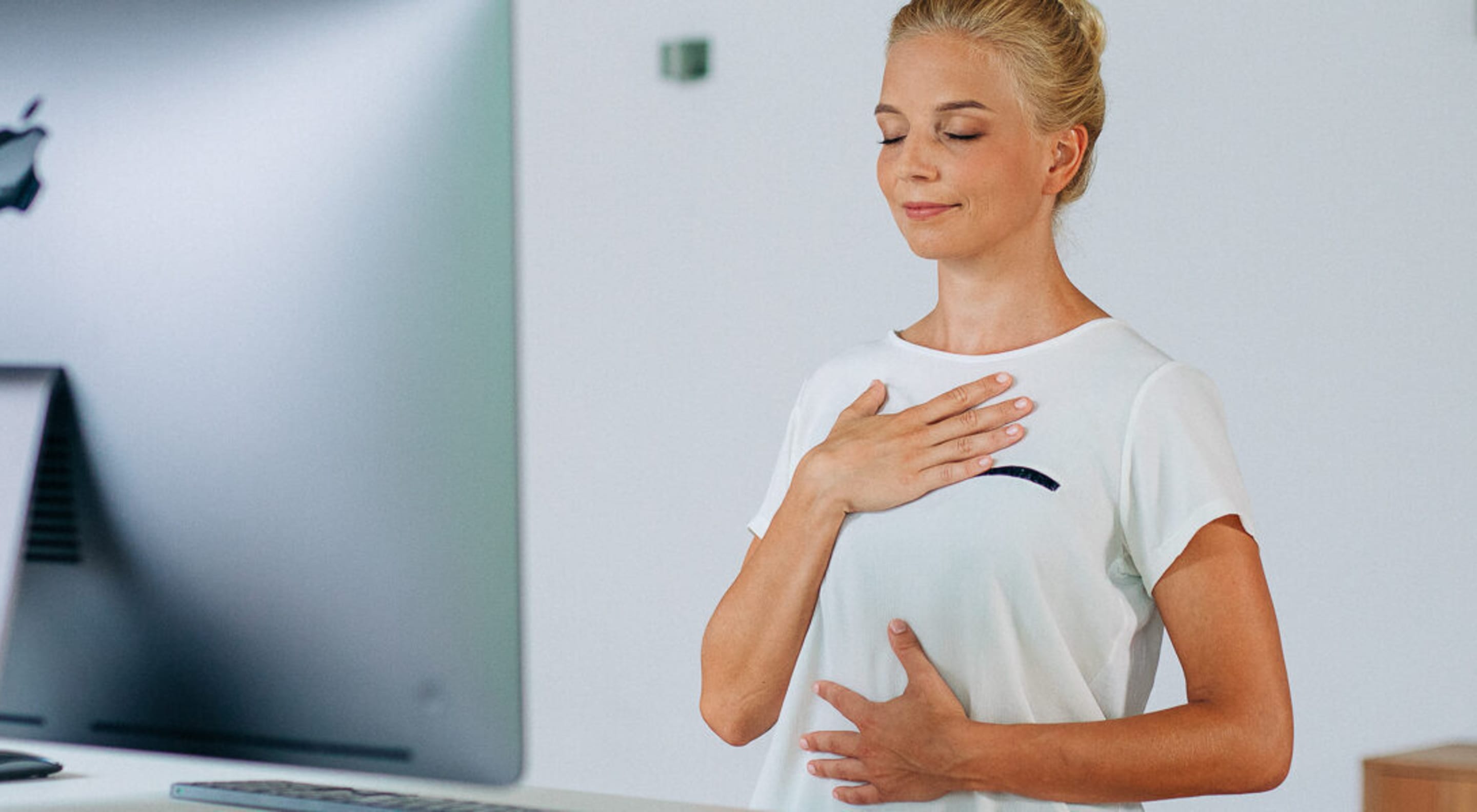
Stressors and stimuli make people tired
In everyday life, not everything is always in balance. Weighing people down on the exertion side are hectic lifestyle, pressure and stress. Illnesses also rob people of strength. Added to this are challenging everyday tasks, such as reconciling family life and work. Throughout the course of the day we gradually loose energy, and out bodies' batteries become weaker. The reason for this is seemingly simple: our body has to deal with a host of external influences. The scientific community refers to these influences as stressors. The very terminology itself having negative connotations, they are also equated with the term "stimulus". These stressors, or stimuli, bring our psyche and our physiology out of balance. In other words, the so-called homeostasis is disrupted. While we consciously strive for this imbalance in sport, in order to become better and to adapt, in normal life this is counter-productive in many instances.
Heat, cold, joy, sorrow, anger, overload, pain – whether they are of physical, physiological, or emotional origin – stressors bring us out of balance and trigger reactions within our bodies. It is more than likely that everyone has already heard of the stress hormone cortisol.
Falling into bed exhausted is not desirable
We have to deal with these stimuli on a daily basis. This makes it all the more important that we make a conscious effort to recover from these influences. We must simply give our bodies, and in this case also our psyche, the chance to take a break from them. This doesn't necessarily mean sleeping all the time. In actual fact: those who fall into bed and find themselves asleep within seconds are already really exhausted and are burning the candle at both ends.
Regeneration is the key to bringing yourself in back into balance.
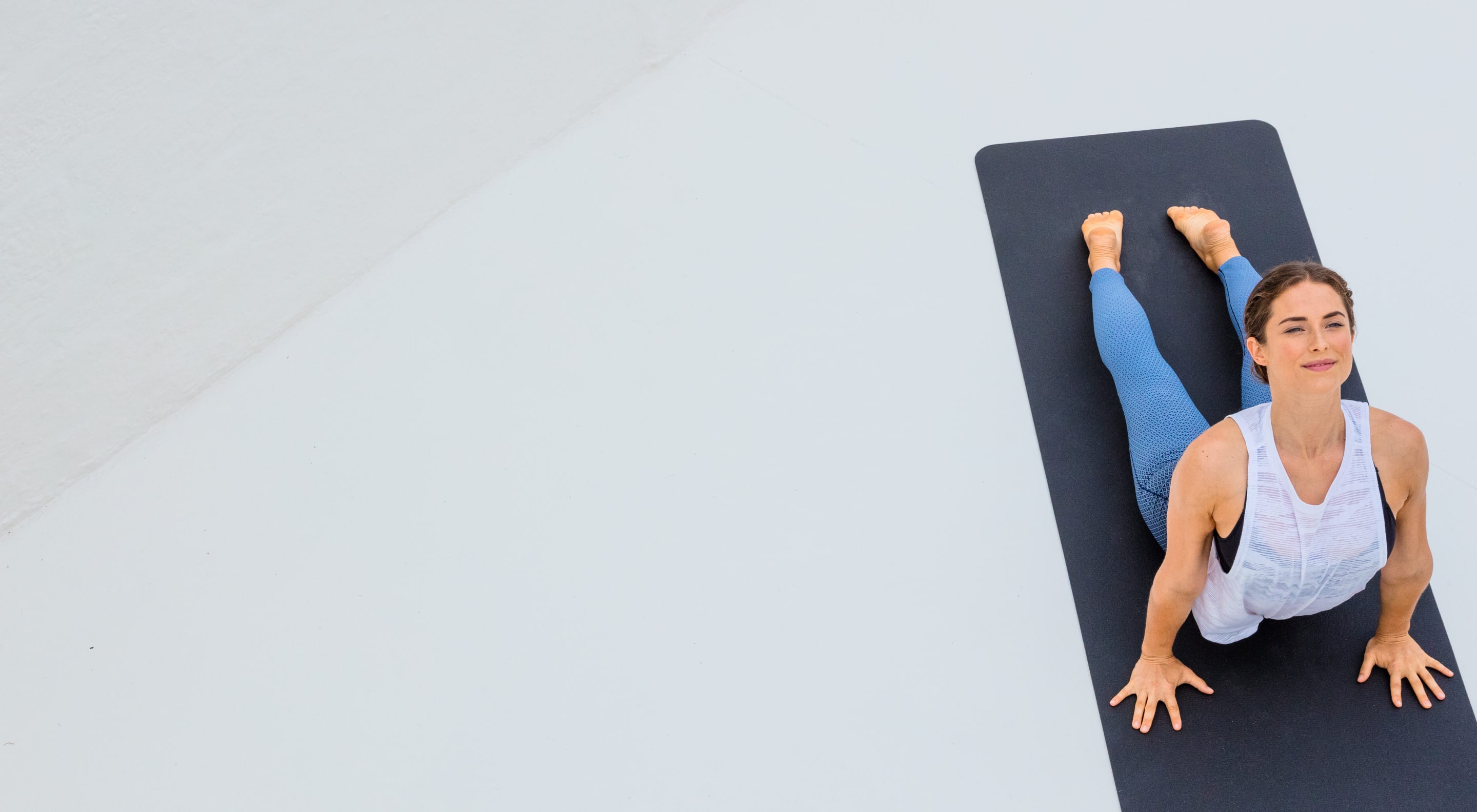
Definition: what is regeneration?
The frequently used term is now used very casually, without us giving it a great deal of thought. The word finds its origin in Latin, and translated means "rebirth" Those who regenerate leave physical fatigue and mental exhaustion behind them and feel as though reborn. The term "Regeneration" can also be subdivided into three parts, which, when combined, show what regeneration really means:
- RE: the syllable "re" stands for "again" or "back" and indicates that, during regeneration, the performance capacity and strength of the body and mind are restored. If you have lost your sense of balance, this will be restored.
- GENE: The genes are our blueprint, the basis upon which human beings are built. And the same also applies with regeneration. Every living being must alternate between activity and rest, day and night – this is ourbiology, our rhythm. However, your personal rhythm follows your own individual blueprint, your genes. And, alongside other roles, these determine when and which form of regeneration will be of benefit to you.
- RATION: the term "Ration" refers to a unit or dose. Because regeneration follows the logic of balance: the more your exert yourself, the more recovery you will require. It's all about finding the right, well-balanced dose.
The human body dtrives for equilibrium and balance
Regeneration is thus an elementary part of life. And the key to our being successful and having sufficient energy reserves on a daily basis. But what does regeneration require? And how can you restore your balance? There is no single answer to these questions. Because your stresses and strains are very much unique to you personally, so too should your approach to gaining relief be specifically tailored to your needs. And for this you need, first and foremost, the right technique, at the right time.
Give yourself and your training the chance to realise its full potential, and take action for the good of your body by allowing yourself sufficient and regular time to regenerate – both psychologically and physically. And do this at your own speed and at an intensity that is beneficial to you. Don't forget: You must tailor your regeneration to suit your current state of health, your needs, and your training plan. Each to their own. There is no cure-all solution. Whereas one person may find rest practising yoga, another may relax while working in the garden. The various regeneration techniques can be categorised into active and passive methods.

Passive regeneration
Passive regeneration refers to all techniques whereby you are not physically active. This includes, for example, breathing correctly or relaxation methods such as meditation or autogenic training. Targeted rest by means of frequency modulation also falls under passive regeneration: here you listen to specially developed music, which helps your body to switch off and wind down.
Probably the most important form of passive recovery is a relaxing night's sleep. For as you rest during the night, your body and mind, physiology and psyche, are regenerating. You refuel and, as a result, can perform to your full capacity the next day. Alongside good sleep, healthy nutrition is also essential. During activity it keeps your body perfectly equipped, but doesn't add any load during the rest periods.
Another aspect of passive regeneration are physiotherapy techniques such as massage. Naturopathy offers procedures such as Matrix Regeneration Therapy, which is intended to remove toxins and blockages. The stimulation of the skin can also have a relaxing effect, for instance using compression clothing. Another option is hot and cold treatments, for example Kneipp therapy or cryotherapy: Cold reduces pain and prevents swelling and inflammation. Heat on the other hand, for instance in the sauna, has a relaxing effect and loosens the muscles.
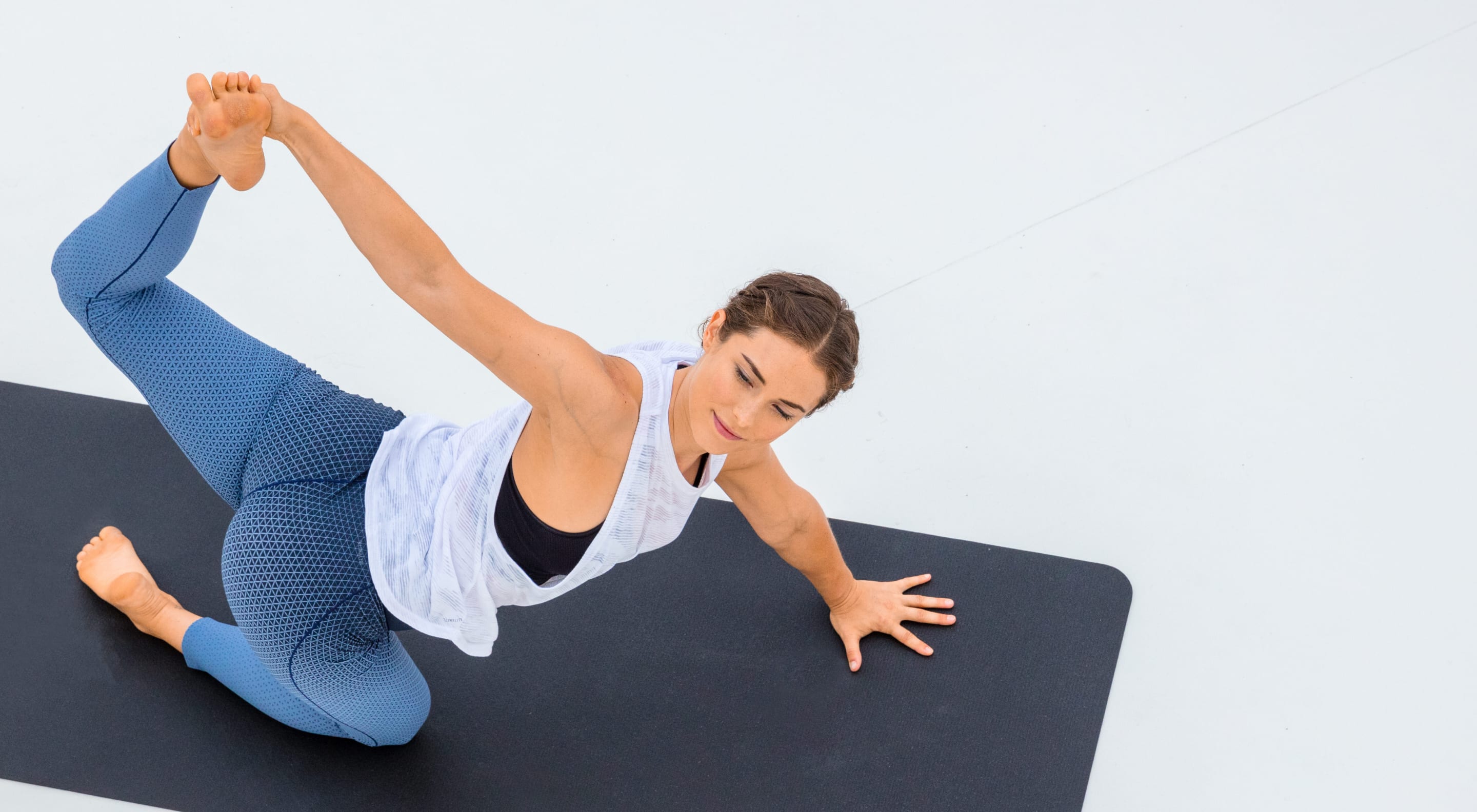
Active regeneration
The goal of active regeneration is that damaged body tissue is quickly replaced and metabolic waste products are disposed of. This comes about as a result of movement without a training stimulus. Through simple exercises, gentle stretching, and self-massage, the circulation is supported and the muscles looked after – the optimal conditions if we are to restore performance capacity and resilience.
Cool down routines after sport are part of active regeneration. Through slightly more relaxed, light movement and dynamic stretching, your body slowly winds down after training. This prevents injurieds, circulatory problems, cramps and muscle hardening. Movement in water can also be active regeneration, as the water pressure has a relaxing effect on a neurological and muscular level, relaxing body and mind. This makes swimming, water gymnastics and aqua jogging or cycling the idealn recovery session.
You can also actively regenerate by practising self-massage. With a combination of pressure and movement, you promote circulation and, when practising foam rolling with the BLACKROLL®, you loosen adhesions and hardenings in muscles, tendons and fasciae - the connective tissue structures. This technique can be combined with so-called "pleasurable pain", a pain that shows that tension is being relieved. As you already know: stimulus and Regeneration always belong together. Try out this form of activen regeneration and bring yourself back into balance with a session using the foam roller. For life is a cycle.
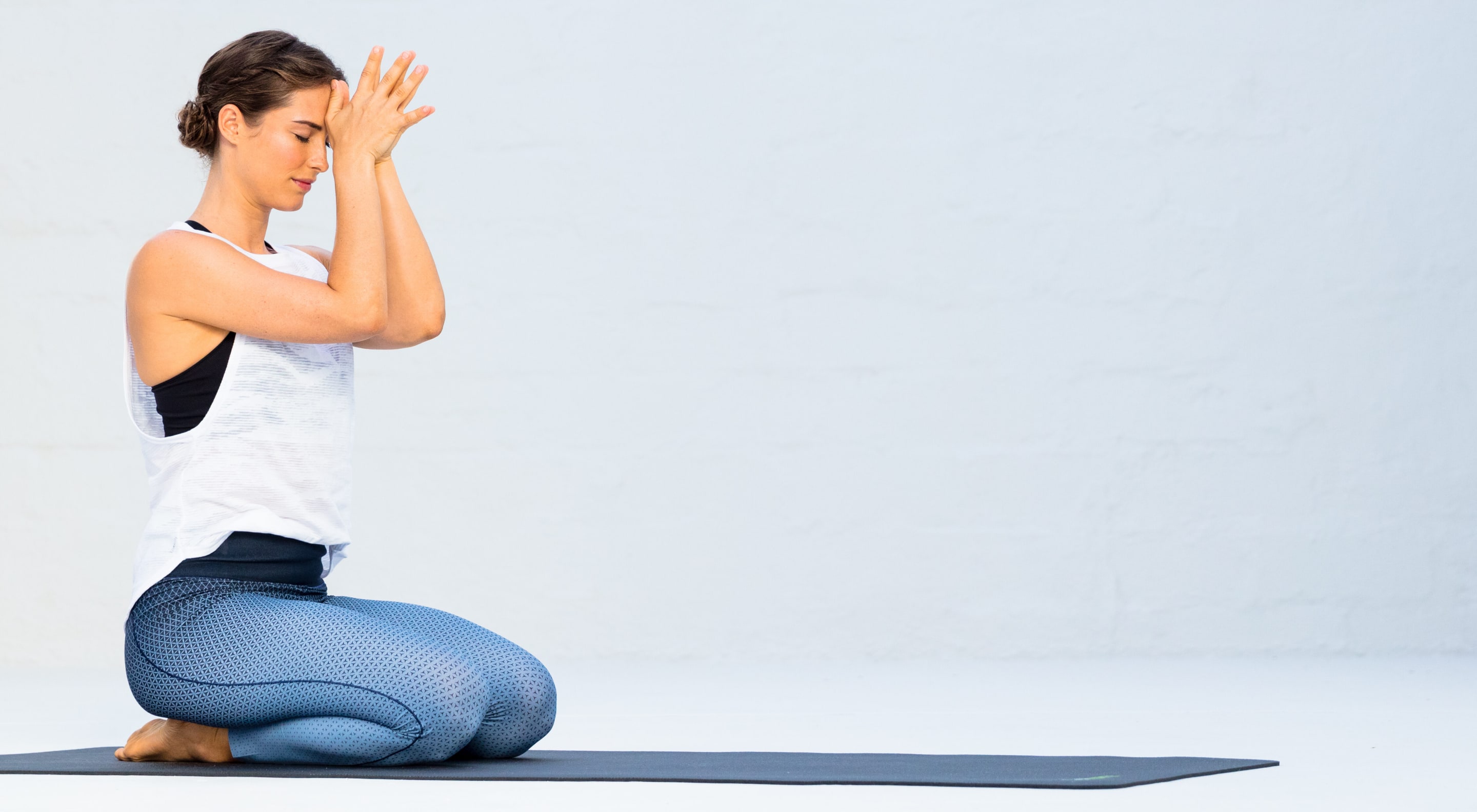
Make regeneration periods part of your daily routine
Intentionally incorporate rest periods, distributed throughout the day.
Physicians repeatedly speak of a rest-activity cycle, which does not merely differentiate day from night, but rather divides the day into periods of activity and rest.
Intentionally creating space in which we consciously occupy ourselves with beautiful things, with ourselves and for ourselves, helps us to let go and recover.
If we skip these recovery phases, sooner or later this will lead to exhaustion, to permanent pain, or chronic illness. Nothing we want at all.
You have now received some information regarding regeneration as part of everyday life. Find your own individual routine in order to get yourself back into balance.





